The Hidden Psychology of Wealth
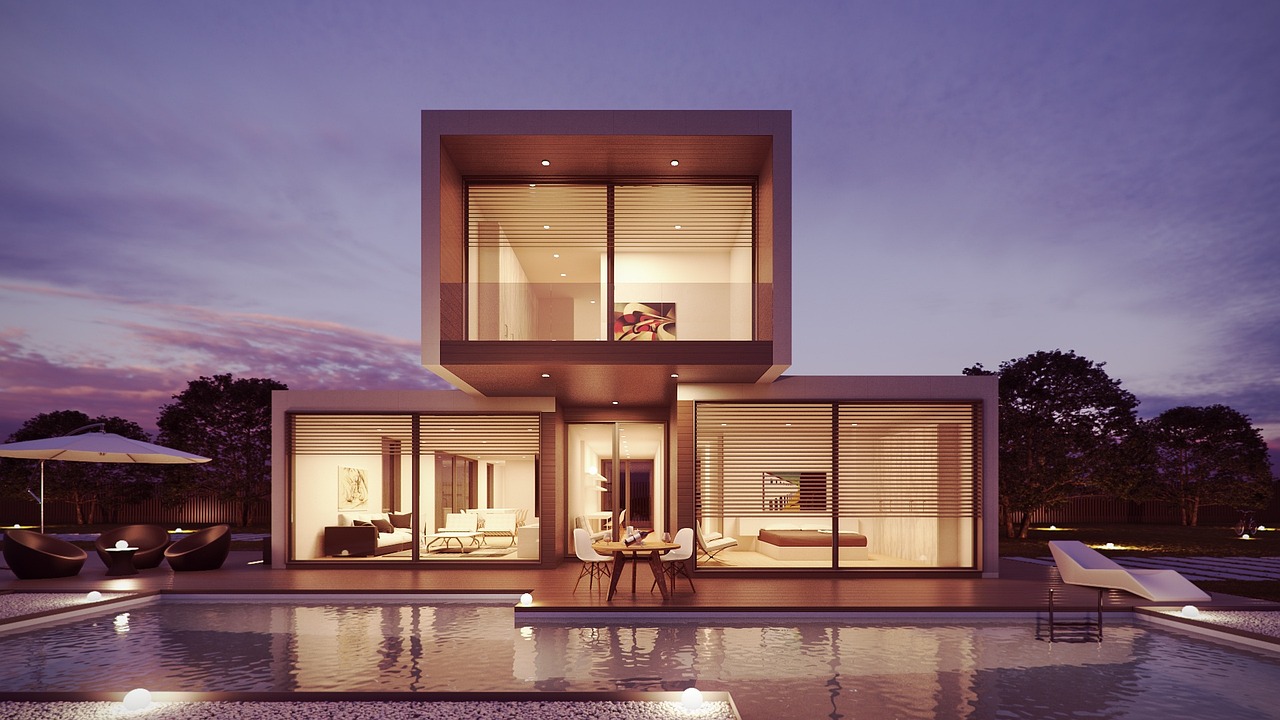
Ever wonder why that millionaire’s house looks like nobody lives there? Think about the end of your life, are you going to look back on everything and think, “I’m so glad I always had the latest and greatest TV”? Or are you going to reflect on how you basked in quality time with your family and friends, and leaving behind a legacy for future generations to enjoy? There’s something deeper happening here than just good taste. In my opinion, the minimalist aesthetic is an effort to transcend the materialistic method of proving wealth, opting for a completely different approach. When you’ve got money to buy anything, the real luxury becomes choosing what NOT to buy. The only people who can “practice” minimalism in any meaningful way are people upon whom it isn’t forced by financial or logistical circumstances. It’s like being able to fast when your fridge is full versus having nothing to eat at all.
Quality Over Quantity Actually Costs More
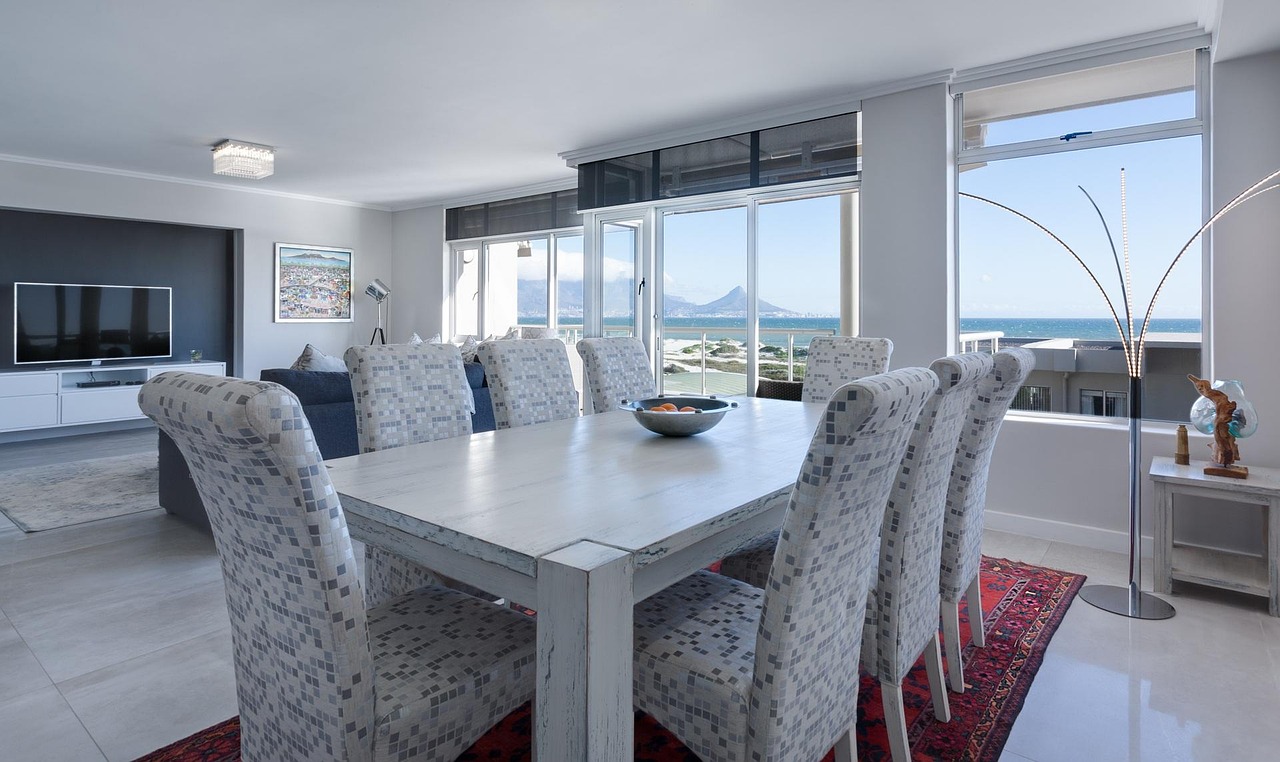
Minimalism continues to be a defining characteristic of luxury home design. Clean lines, uncluttered spaces, and a neutral color palette create an atmosphere of understated elegance. This minimalist approach makes high-quality materials and architectural details shine, creating a sophisticated and timeless look. Here’s the thing nobody talks about: that single couch in a wealthy person’s living room probably costs more than most people’s cars. With this $4,000 dining table hand-whittled by a failed novelist in Scandinavia, you will never need another piece of furniture! Rich people aren’t buying less stuff because they’re cheap. They’re buying fewer, insanely expensive things that are built to last generations. Home builders and consumers have turned away from mass-produced building materials in recent years to create luxury houses that stand the test of time. While mass-produced materials often cost less, modern homeowners prefer more resilient materials that require less frequent replacement to maintain beauty and function. For example, many builders choose finer and longer-lasting materials, such as quartz or granite. These high-quality materials are much more durable, providing a highly resilient surface that will maintain its aesthetic appeal for decades.
The Ultimate Status Symbol Is Having No Status Symbols
The status symbols of the 1% have typically revolved around appearance. But with the democratization of beauty, skincare, cosmetic enhancements, and fashion, new emblems of success are a bit more behavioral. And as luxury brands have failed to hold the attention of their customers, more are turning to the abstract alternates. Think about it: when everyone can buy a fake designer bag that looks identical to the real one, what’s the point of showing off brands? 50 million luxury consumers exited the market between 2022 and 2024, according to a report published last year from Bain & Company. Brands like Dior, Estée Lauder, Louis Vuitton, and Burberry took a huge hit as customers grew fed-up with expensive items they found uninspiring. The truly wealthy have moved beyond logo-flashing and into something more subtle. Evolving markers of wealth: The truly affluent are shifting toward more abstract forms of status: privacy, the ability to unplug from social media, and the freedom to enjoy leisure activities. Rather than flaunting overt symbols of wealth, the ultra-rich now signal their status through how they spend their time and how detached they are from the need for constant consumption. Your empty walls are basically screaming “I’m so rich I don’t need to prove it.”
Space Is the Ultimate Luxury
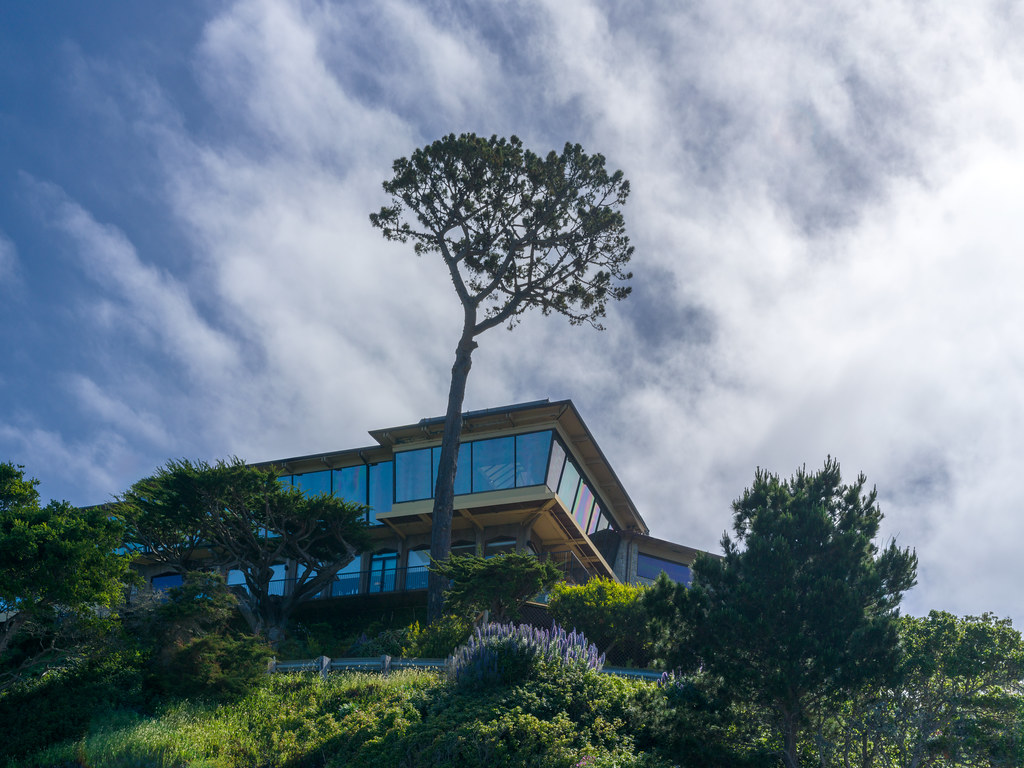
In the world of high-end real estate, bigger isn’t always better. A growing trend in 2025 is the “Minimalist Mansion,” where luxury downsizing prioritizes functionality, sustainability, and aesthetic appeal over sheer square footage. This shift represents a significant evolution in the way affluent homeowners think about space, comfort, and design. When land costs a fortune, having empty space is like burning money – which is exactly the point. A Minimalist Mansion is a high-end property that breaks away from the traditional notion of sprawling estates. Instead, it focuses on intelligent design, efficient use of space, and high-quality materials to create a home that feels luxurious and expansive without unnecessary excess. These homes typically range between 2,500 to 5,000 square feet, compared to the 10,000+ square feet of conventional luxury properties. It’s like wearing a Rolex versus covering your arm in five cheap watches. Minimalist luxury enhances visual appeal, reduces stress, improves functionality, and ensures easy maintenance. Luxury interior design trends in 2024 will be defined by clean lines, simple shapes, neutral color palettes, standout furniture, open spaces, and natural lighting. That giant empty room with nothing but a single piece of art? That’s not emptiness – that’s flex.
Technology That Actually Disappears
Technology is part of high-end minimalism and convenience without compromising on minimalism. Smart home systems from automated lighting and climate control to integrated security and entertainment are built into the design so the space remains clutter-free. It gives unlimited digital access to homeowners. Voice-activated assistants and wireless charging stations disappear into the decor, luxury of simplicity and modern living. This integration makes your home more functional, elegant, and easy. Poor people have wires everywhere and gadgets cluttering their counters. Rich people have technology you can’t even see. Their walls literally respond to their voice, lights adjust automatically, and their TV probably rises from inside a piece of furniture like something from a spy movie. More home buyers are requesting hidden doors, integrated pantries, and tucked-away workspaces to reduce visual clutter. Sculleries like this one from a Memphis kitchen designed by Lindsey Black are popular, functional, and stylish. When your kitchen cabinet contains a $15,000 coffee machine that makes perfect espresso at the touch of a button, you don’t need five different coffee gadgets sitting out.
The Psychology of Visual Calm

Fewer material possessions lead to lower anxiety levels. The reason is simple: less stuff means fewer worries about upkeep, loss, or damage. It’s liberating not having to stress over things that don’t add real value to life. This shift towards valuing experiences over possessions fosters a sense of freedom and contentment. You start appreciating moments rather than things, which significantly reduces everyday anxiety. But here’s the catch: this only works when you can afford to replace anything instantly. Reducing clutter doesn’t just tidy up space; it tidies up the brain too. Think of each unnecessary item as a tiny demand on your attention. By minimizing these demands, you create more room for what truly matters. When you’re worried about money, that empty space just reminds you of what you can’t afford to fill it with. When you’re wealthy, that same space becomes a sanctuary where your mind can actually rest. It’s the difference between meditation and starvation – same empty feeling, completely different meaning.
Sustainability as a Luxury Statement
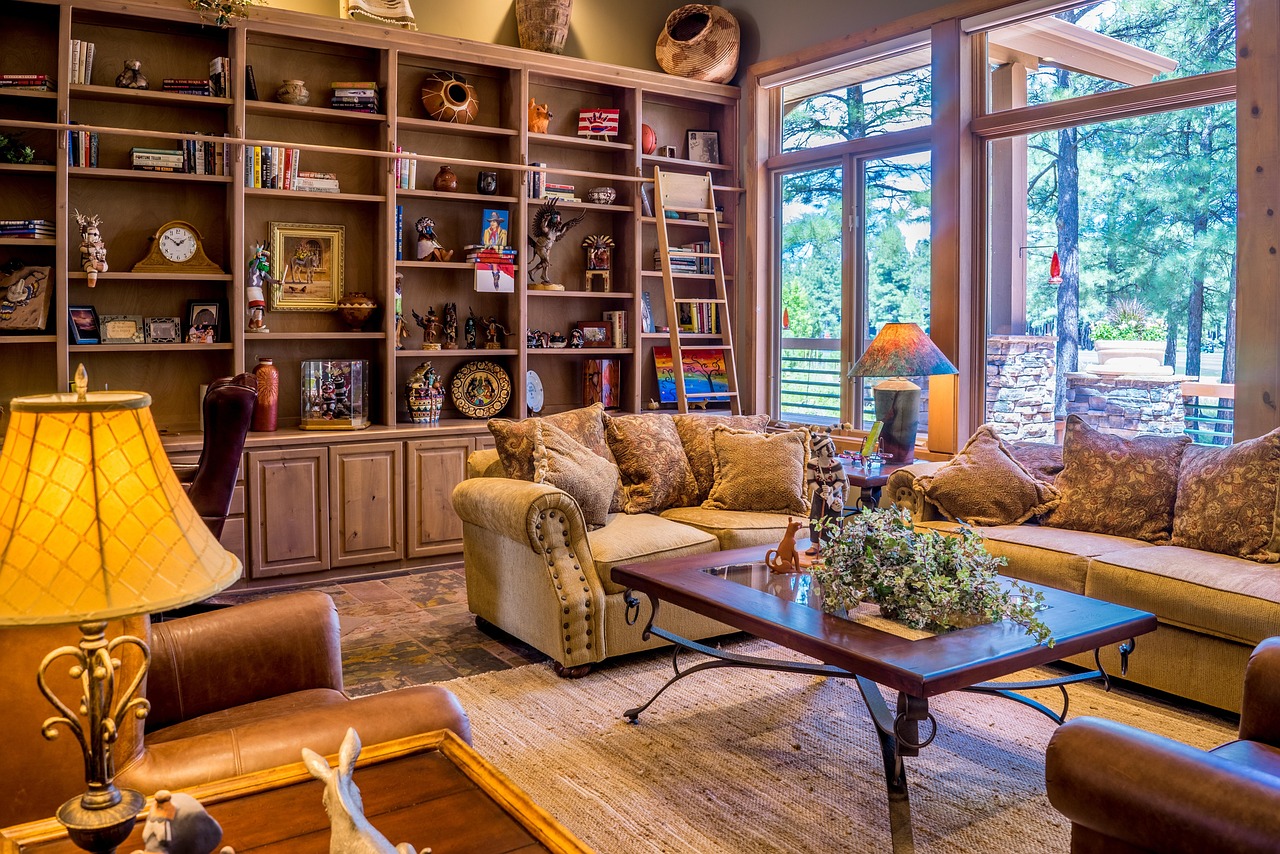
We love natural materials even more this year, wood, stone, clay, and linen are the heroes. High-end minimalist homes in 2024 will use eco-friendly materials like reclaimed wood, bamboo, cork, and recycled metals. These materials not only reduce the environmental footprint but also add texture and stories to each space. Being environmentally conscious has become the new way to show you’re better than everyone else. The trend of sustainable living has been on the rise over the years and is bound to become steadily popular this year. Luxury homeowners are becoming more conscious about the environmental impact of building their homes, and we are bound to see more designs incorporating sustainable approaches like using eco-friendly materials, implementing energy-efficient technologies, and adopting waste minimization and recycling. That reclaimed wood floor? It costs three times more than regular hardwood, but you get to tell everyone how you’re saving the planet while walking on century-old barn beams. People are making decisions with a focus on the future related to what’s best for the environment,” said Onie Bolduc, head of sales at Wohali and associate broker with Summit Sotheby’s International Realty in Park City, Utah. As a result, features such as solar panels, ground-source heat pump geothermal systems, energy-efficient appliances, and garages with electric-vehicle charging stations are now sought-after amenities. Solar panels aren’t just about saving money when you’re spending $50,000 on a single bathroom renovation.
Investment Mentality Meets Interior Design

An increasing number of high-end property buyers want to ensure their investment stands the test of time. Most luxury homes will feature a timeless design to keep them vibrant throughout the years. This quiet luxury style combines features, finishes, and furniture from different eras and styles to achieve longevity. Rich people think about their homes differently than the rest of us. As we look ahead to 2025, the fusion of luxury and thoughtful design will be at the forefront of luxury home aesthetics. Embracing these trends is an investment in quality, functionality and beauty, so you can have a home that is both grand and livable. Every single purchase is viewed through the lens of resale value and generational wealth. That’s why they avoid trendy stuff that’ll look dated in five years. Luxury houses are not just about having a lot of space or shiny finishes – they are really the details that make a home feel truly luxurious. Thoughtful design paired with high-quality materials brings everything together, making sure the house feels not only stylish but also comfortable and practical for everyday living. When your house is worth millions, you can’t afford to make decorating mistakes that’ll hurt the value. Safe, minimal, timeless design isn’t boring – it’s financially smart.
The Maintenance Factor Nobody Mentions
Here’s something that’ll blow your mind: rich people’s houses look minimal partly because they can afford full-time staff to maintain them. Grand spaces and expensive finishes aren’t enough for the ultra rich anymore, according to the latest trend reports from American Society of Interior Designers (ASID) and Sotheby’s International Realty. High-end homeowners want thoughtful, personalized environments that cater to their every need, make daily tasks effortless, and still look like they belong on Lifestyles of the Rich and Famous. That perfectly organized closet with five identical white shirts hanging at exact intervals? Someone gets paid to keep it that way. Becker writes about many of the ways that minimalist choices can save money, including smaller housing, utility, maintenance and insurance costs, smaller wardrobes, and reduced spending on non-essentials. But there’s more we can consider. Americans spend an average of $318 per month on furnishing and operating their homes. This $3,816 per year covers everything from dry cleaning to landscaping and pest control services, from new bath towels to a new chandelier for the dining room. When you have housekeepers, landscapers, and professional organizers, maintaining a minimal aesthetic becomes someone else’s full-time job. The rest of us can’t keep our houses looking like museum exhibits because we’re too busy living in them.
Minimalism as Social Performance

I think it’s probably no secret by now that I hate minimalism. I hate it as the incredibly-tedious piece of personal performance art it has come to be in our society, but I also hate it as an aesthetic: your white-on-white-on-white life and meticulously-crafted wardrobe of only the most wispy products Everlane and Aritzia have to offer are, frankly, a saltine cracker’s idea of what a Cool Girl would wear. In terms of its visual merits, or as a capital-S Style, the hyper-curated minimalism really only conveys one thing: “I wanted to take the very safest route to chic, cut away every possible misstep or risk.” Let’s be honest here: wealthy people’s minimal homes aren’t just living spaces, they’re Instagram sets. Reducing a wardrobe down to a few painfully-elegant cashmere-cotton blend tops is only really possible if you can put down at least $1,000 in one go for the creation of your “capsule wardrobe.” The visual cues and undercurrents of moral superiority it apes, the “no-makeup makeup” because you’ve bought $250 worth of nigh-invisible Glossier products. Every “effortless” photo is actually the result of hours of staging, professional lighting, and careful editing. But this idea of having the wealthy in a way appropriate to the lower class to make their estate look to have less but with their designer twist to it and calling it a lifestyle is an interesting observation of how materialistic culture still can exist despite the less that they have because it’s still all for show. This is only setting more trends and increasing the insecurity of those who aren’t up to date with what’s in style. That “casual” breakfast table with the single perfect croissant and artisanal coffee cup? Someone spent $500 on that “simple” morning scene.
The Freedom to Say No
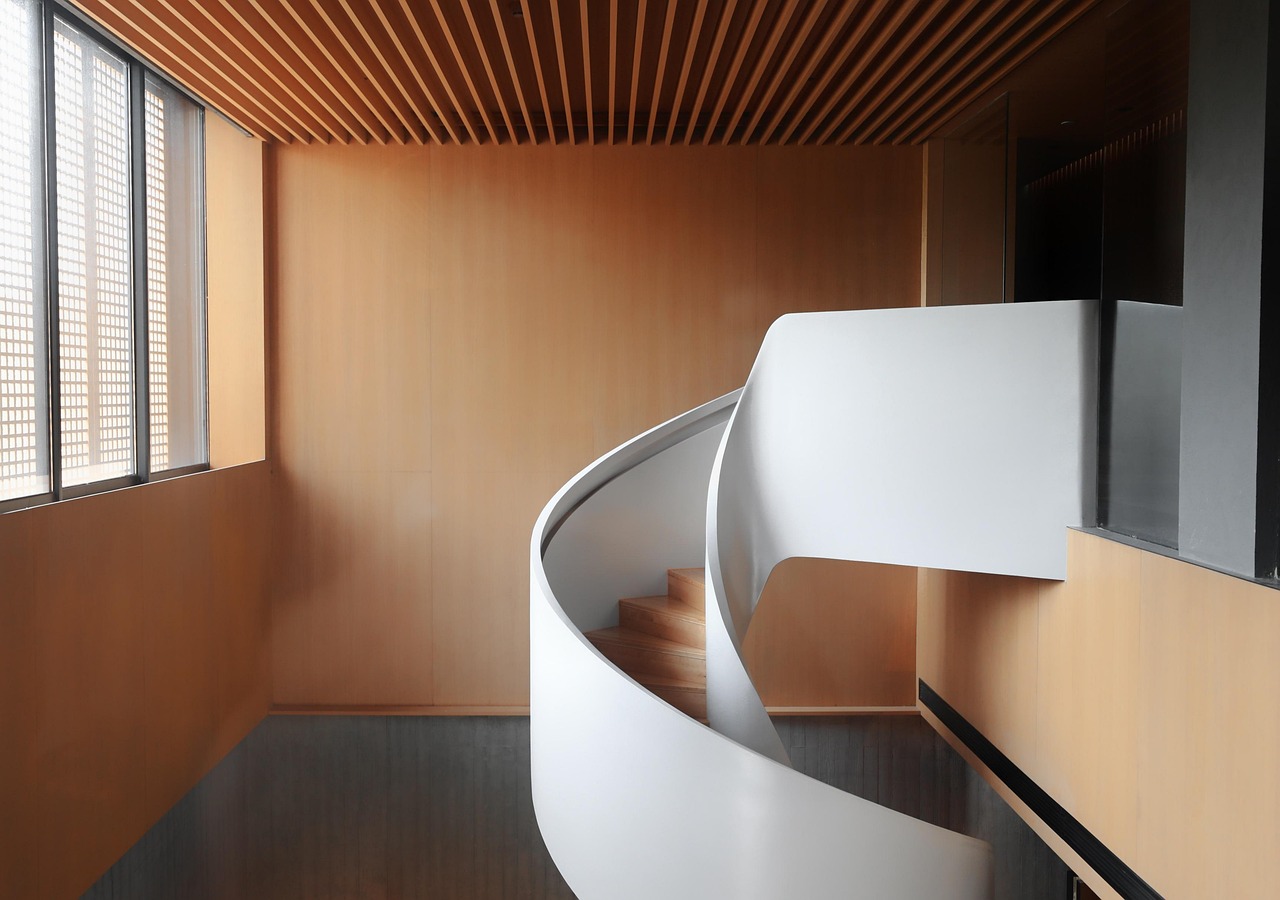
Privacy, leisure activities, novel items, and expressing oneself have become new touchpoints of prosperity. It’s not about having the money to afford an item, it’s about having the means to ditch hustle culture and getting ahead. When money isn’t an issue, the real luxury becomes choice. I’m simply tired of the mainstream ideal that we should get rich and spend it on a bunch of stuff through mindless consumption. Instead of the automatic lifestyle upgrades that come with having more money, we get to define what the good life is for ourselves. Poor people accumulate stuff because they might need it someday and can’t afford to replace it. Rich people can afford to own nothing because they can buy anything instantly. Quality items last longer and don’t need replacing as often, saving you money in the long run. Minimalism doesn’t require wealth to succeed. Many high-quality items can be found at thrift stores, consignment shops, or through online marketplaces. That empty garage isn’t a sign they can’t afford cars – it’s a statement that they don’t need to store backup everything because replacement is never a financial crisis.
The Mental Load of Ownership
Minimalism inspires us to look deeper into who we are and what we want to get out of this life. Think about the end of your life, are you going to look back on everything and think, “I’m so glad I always had the latest and greatest TV”? Every possession creates mental overhead – insurance, maintenance, security, organization. From what I have seen, there is a correlation between minimalism and wealth due to the fact that minimalism helps build wealth. When you’re wealthy, you understand that owning less expensive things means worrying about fewer expensive things. If you’re used to living with a house full of possessions, you might not even realize you have much more than you really need. After all, your house doesn’t look much different from others you visit. Yes, there’s some clutter and crowding, but that’s what happens when a family leads an active life, isn’t it? That pristine guest room with nothing but a bed and a single lamp? It’s not empty because they can’t afford to decorate it. It’s empty because maintaining a perfect space requires intentional choices about what deserves your mental energy.
Rich homes feel minimal because minimalism itself has become the ultimate luxury. When you can afford anything, choosing nothing becomes the most expensive statement of all. What would you have guessed?

A visionary in modern design, Nate Berkman is known for his ability to blend timeless elegance with personal storytelling. With years of experience in high-end interiors, his book Living with Style explores how to create meaningful spaces that reflect individuality.
